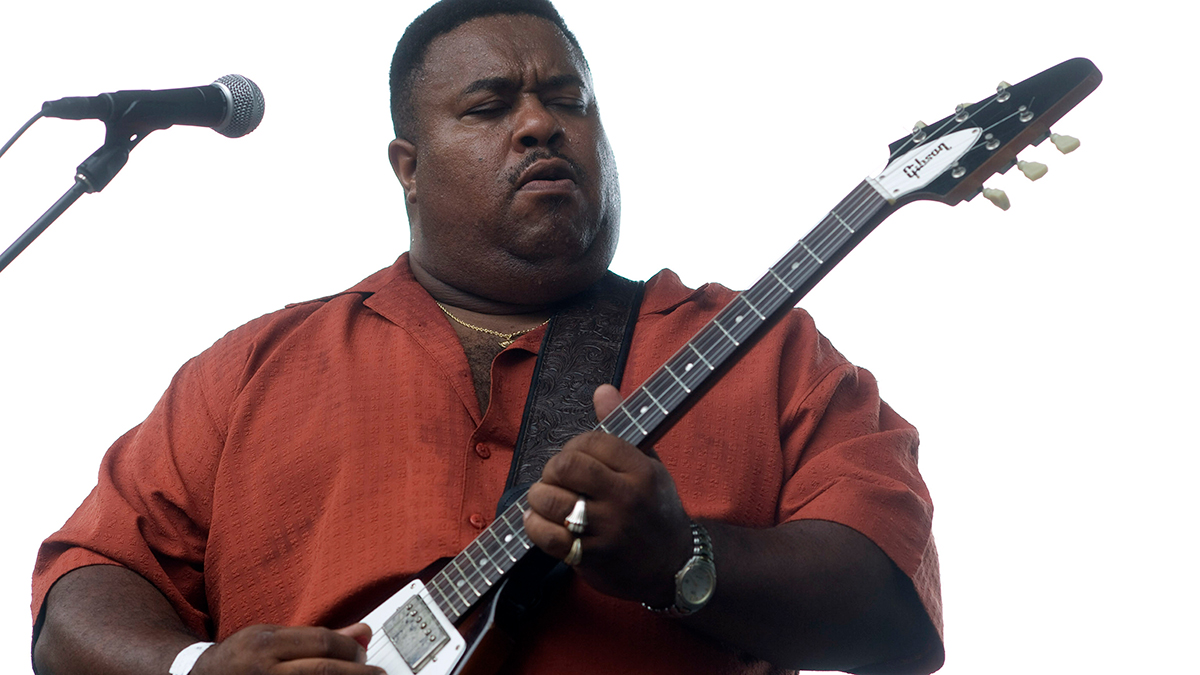Fender re-enters the tuner pedal market with an “ultra-precise” strobe stompbox to rival Peterson and Boss – and it’s more affordable than both
Fender expands its stompbox catalog with a trio of new devices that look to make waves in two key pedal markets
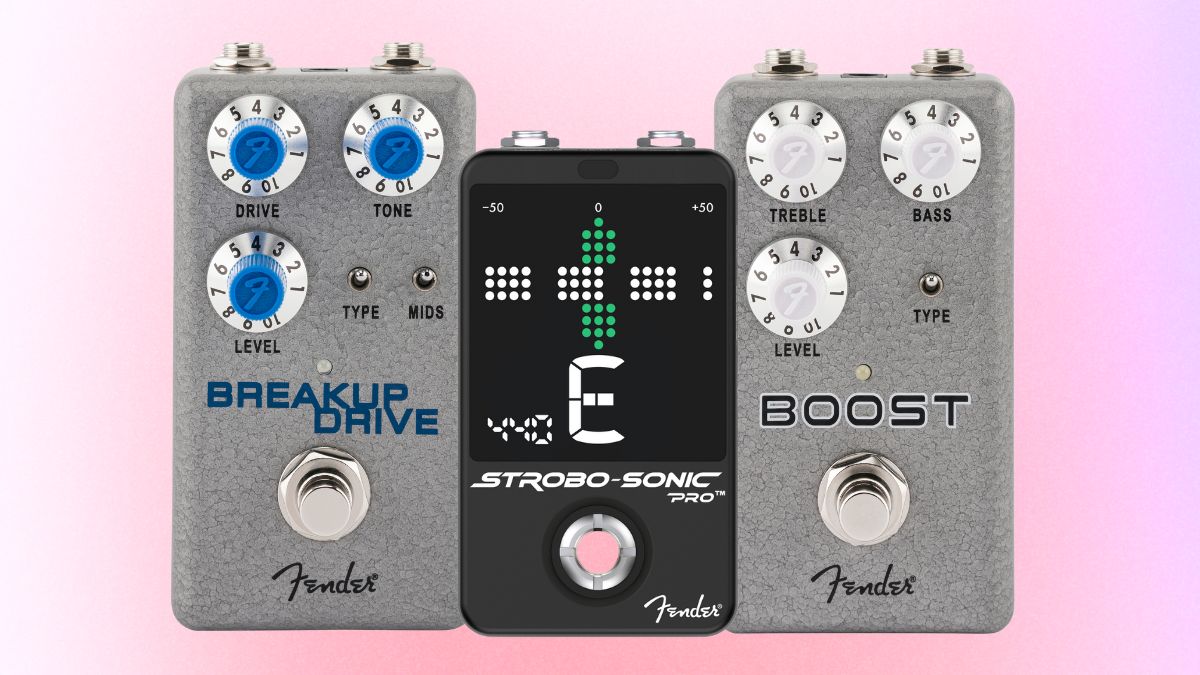
Fender has announced two more additions to its celebrated Hammertone pedal range – and has introduced “an ultra-precise strobe tuner” that looks to take on the likes of TC Electronic, Boss and Peterson to be the guitar tuner to beat.
After Fender entered the wireless guitar system market last year with the compact Telepath, the firm has now turned its attention to the tuner pedal game. Much of the surface of the Strobo-Sonic Pro is taken up by a high-visibility LED display (2.3” x 2.1”), ideal for players irked by the small size of other tuner screens.
The screen also has an auto-brightness dimming feature that reacts to the stage it’s on, and two display modes – strobe and needle – depending on a player’s preferences.
Guitarists will also benefit from ultra-precise ±0.01 cent tuning accuracy. How the pedal operates is also customizable with true bypass, buffered bypass, and mute footswitch modes all available.
It features top-mounted jacks and comes in a road-ready aluminum enclosure. It can be powered by an AC adaptor for easy pedalboard and power supply integration, and it can draw power via a USB-C cable.
At $99, the Strobo-Sonic Pro looks a shrewd release and a worthy addition to the tuner pedal market, which is largely dominated by the TC Electronic Polytune, Boss TU-3, and Peterson StroboStomp.
Though not quite as cheap as the $64 Polytune, it is more affordable than the $149 Peterson and $110 Boss – and, with such a high level of accuracy and Fender’s name on the chassis, could be a tempting piece of kit for many.
All the latest guitar news, interviews, lessons, reviews, deals and more, direct to your inbox!
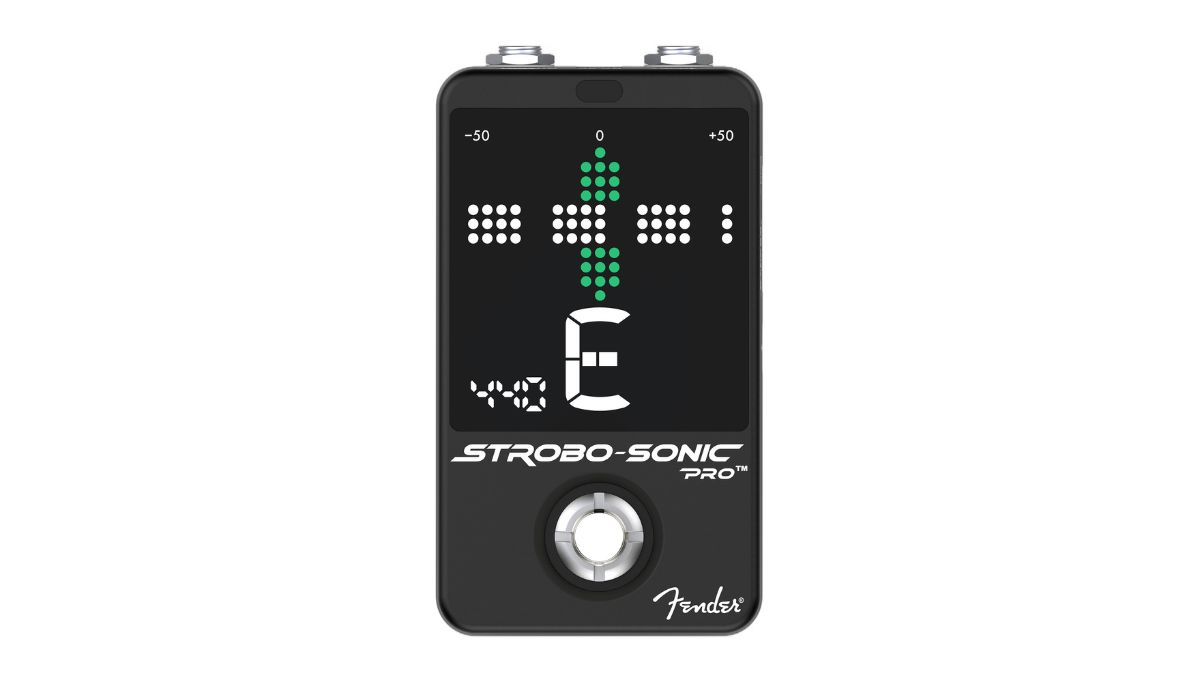
As for the two other $99 pedals that make up this drop, the Hammertone Breakup Drive and Boost come three years after the launch of the reprised stompbox line-up. Both look to become key players in the affordable overdrive market, which is populated by the likes of JHS’ 3 Series, Walrus’ Fundamental and Keeley’s Sweetwater-exclusive line.
At that time, the range comprised an Overdrive, Distortion, Fuzz, Metal, Reverb, Delay, Space Delay, Flanger, and Chorus.
The Hammertone Breakup Drive promises “responsive, tube-like overdrive tones” via a compact three-dial, three-switch design built around a JFET-type circuit. It aims to create the feel and push of a hot tube amp pushed to the edge of saturation, but does it without the need of the little glass gems.
Like other classic ODs, the Breakup Drive keeps things simple with controls for Drive, Tone, and Level but gets interesting with its two mini switches.
They offer two selectable clipping modes that deliver light breakup and low-gain overdrives, which focus on “expressive responsiveness”, to either clean-up when picked lightly or intensify when playing with aggression.
The other mini switch is a pre-gain mid-boost for greater frequency manipulation. The affordable pedal looks to cater to “players who crave feel and nuance”.
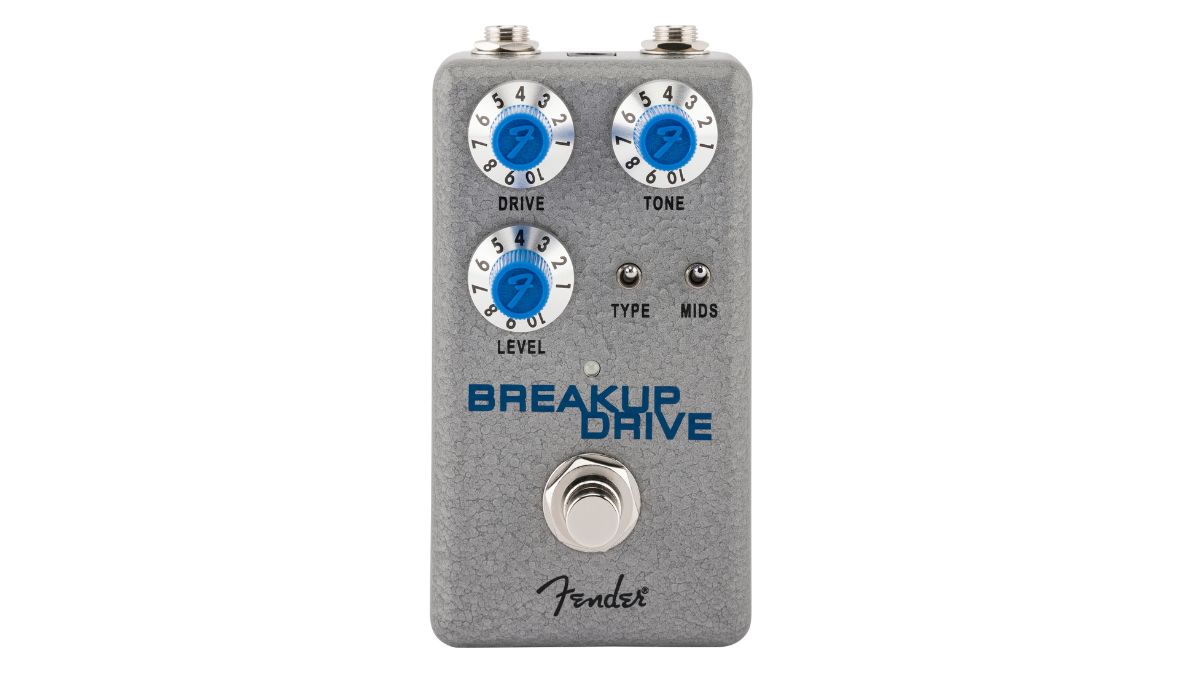
Designed to “elevate any rig with two distinct boost circuits,” the Hammertone Boost’s dual personality is defined by op-amp and JFET-based designs. That puts “warmth and harmonic richness, reminiscent of vintage tape unit preamps”, and “transparent volume enhancement” both on tap.
There are also Treble and Bass controls as the EQ section offers easy access to a “completely flat boost” and “precise tonal shaping”.
“Whether used to cleanly boost solos, push an amp into breakup, or add a subtle sweetness to a core tone, the Hammertone Boost delivers exceptional flexibility and performance,” says Fender.
Head to Fender for more info on these three new pedals, which will arrive in September this year.
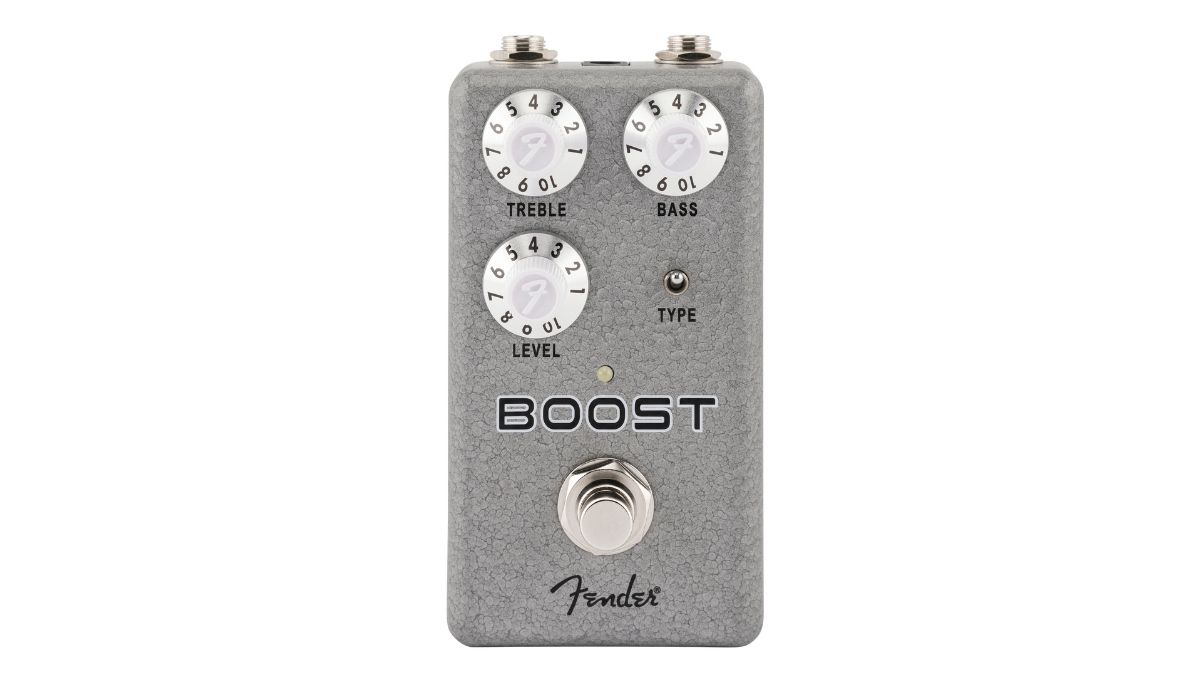
A freelance writer with a penchant for music that gets weird, Phil is a regular contributor to Prog, Guitar World, and Total Guitar magazines and is especially keen on shining a light on unknown artists. Outside of the journalism realm, you can find him writing angular riffs in progressive metal band, Prognosis, in which he slings an 8-string Strandberg Boden Original, churning that low string through a variety of tunings. He's also a published author and is currently penning his debut novel which chucks fantasy, mythology and humanity into a great big melting pot.
You must confirm your public display name before commenting
Please logout and then login again, you will then be prompted to enter your display name.

